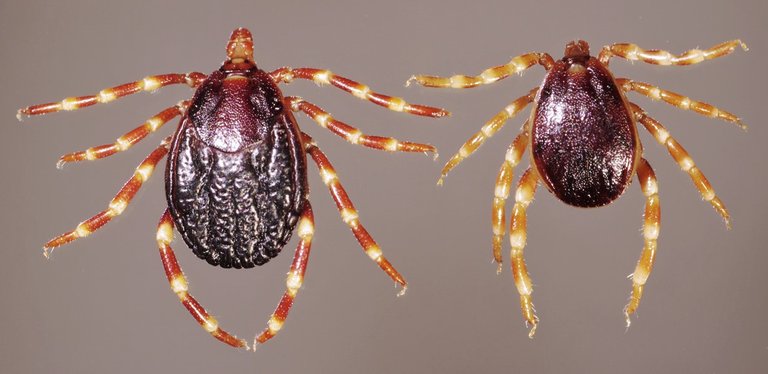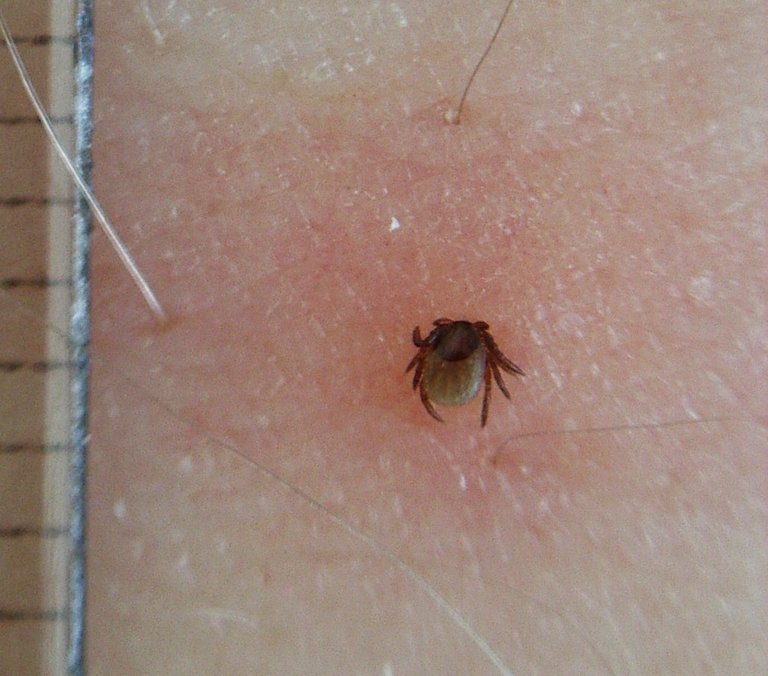Africa, Eastern Europe, the Middle East, and Asia are regions that are affected strongly by the deadly hemorrhagic fevers. It is a tick-borne zoonotic disease, a viral disease caused by the CCHF virus of the genus Nairovirus family.
We have learned severally about the danger that ticks pose to our pets at home, but how about the possible danger they could cause to other animals and even humans?
Crimean-Congo Haemorrhagic Fever (CCHF) forms a serious public health threat, especially in regions with poor resources. It is a zoonotic viral disease caused by a tick-borne virus, Nairovirus. The disease is usually asymptomatic in an infected animal, but when humans are affected, it gets highly fatal.
 Source
SourceThe first evidence of CCHF seen dates back to the 12th century. Since the discovery of the disease in 1967, there have been about 140 outbreaks involving over 5,000 reported cases all over the world.
CCHF virus affects a wide range of wild and domestic animals, like sheep, cattle, and goats. So many birds are resistant to infection, but ostriches are more susceptible and may show a high prevalence of infection in endemic regions.
Animals can become infected through the bite of an infected tick; the virus stays in the bloodstream of the animal for about one week after being infected, giving room for the tick-animal-tick cycle to spread when there is a bite from another tick.
Humans get the disease transmitted either through a tick bite or through contact with an infected animal's blood or tissues during or immediately after slaughter happens. Some humans who believe in killing ticks with their bare hands are at risk here. Most cases that have been seen have happened in people in the livestock industry, like the slaughterhouse workers, agricultural workers, and veterinarians.
 Source
SourceThere is a possibility of human-to-human transmission when there has been close contact with secretions, blood, organs, or other body fluids of an infected person. It is also possible to get the virus in a hospital, due to the improper sterilization of medical equipment, contamination of medical supplies, and reuse of needles.
The period of incubation depends on the mode of acquisition of the virus. After an infection from a tick bite, the incubation phase lasts for about one to three days, with a maximum of nine days. The incubation phase after contact with infected blood or tissues would last for about five to six days, and through history of documentation, it can last for about 13 days.
Symptoms come suddenly in the form of dizziness, stiffness, backache, fever, myalgia, sore eyes, photophobia, and headache. In some cases accompanied by vomiting, abdominal pain, diarrhea, sore throat, and others. These symptoms are usually followed by confusion and serious mood swings.
After two to four days of infection, the agitation may be replaced with depression, sleepiness, and lassitude. Preventing CCHF requires that, when handling animals, humans must learn to put on gloves, long sleeves, and a protective pant.
 Source
SourceContact should be avoided with the body fluids of the potentially infected people or animals. DEET-containing insect repellent should be used to prevent tick bites.
There is currently no cure for CCHF, but supportive measures can be carried out to keep danger minimal. Supportive care involves the supply of oxygen, fluid balance, treating other infections, and managing fluid balance.
A particular antiviral called Ribavirin has shown some traits of being able to treat CCHF patients. More research is still ongoing about the use of ribavirin and other antiviral drugs to treat CCHF.
Awareness needs to be created at the community level for cases of CCHF, educating people about the possibility of its occurrence and its implications would save the lives of animals and humans too.
References
l/crimean-congo-haemorrhagic-fever
Congratulations @futurekr! You have completed the following achievement on the Hive blockchain And have been rewarded with New badge(s)
Your next target is to reach 500 posts.
You can view your badges on your board and compare yourself to others in the Ranking
If you no longer want to receive notifications, reply to this comment with the word
STOPCheck out our last posts:
Thanks for your contribution to the STEMsocial community. Feel free to join us on discord to get to know the rest of us!
Please consider delegating to the @stemsocial account (85% of the curation rewards are returned).
Thanks for including @stemsocial as a beneficiary, which gives you stronger support.